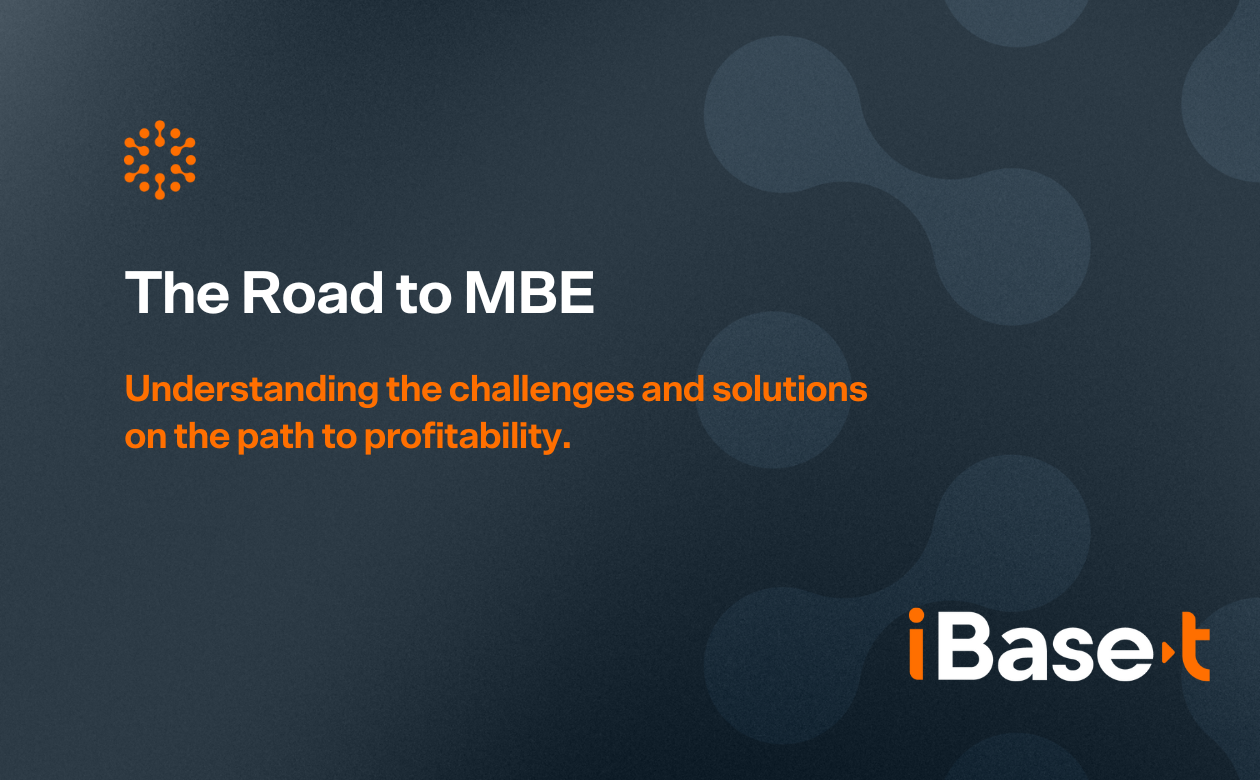by Matthew Littlefield
In the field of quality management, there are many different methodologies and best practices you can follow. Regardless of your school of thought, however, one thing nearly all professionals and experts have agreed upon since the dawn of production is the importance of early detection with regard to quality non-conformances.
It’s a simple enough concept: the earlier you can detect a quality issue or non-conformance in the production process, the less costly it will ultimately be, whether in scrap or rework costs during production or the much greater costs of returns/warranties—or, if on a large scale, product recalls, should non-conformances reach the market.
And leading companies have discovered that one of the most effective ways to do this is to use next-generation quality management solutions to integrate quality into all functions across the value chain. Shown in the diagram to the right, by incorporating quality data across R&D, manufacturing, suppliers, and service, information feedback loops are created that greatly increase the ability to quickly detect quality issues.
But enough theory, what are some prime examples of ways that closed-loop quality capabilities can actually manifest in production? Below, we’ll look at five examples of connections closed-loop quality can facilitate to detect quality issues quicker and earlier.
1. Work Instructions and Quality Specifications from R&D to Suppliers and Manufacturing: It’s important that work instructions and quality specifications be communicated as part of a holistic system that contains control and change management capabilities. Here, all too often companies rely on manual processes. These often result in the use of outdated information, ultimately causing quality and/or compliance issues through the informational disconnect.
2. Material and Process Performance Data from Suppliers to Manufacturing: Manufacturers need more visibility than just test data from suppliers; the supplier network needs to be an extension of the shop-floor to ensure both the smooth flow of materials and also that a robust quality system can identify and correct issues at any stage of production, internal or external.
3. Final Test and Traceability Data from Suppliers and Manufacturing to Service: As more and more manufacturing companies tie services and remote monitoring to products, it is critical that services teams understand the actual manufacturing data of the specific products to provide better service and analytics, but also to form the foundation for future improvements in reliability.
4. Field Failures and Voice of Customer to Manufacturing, Suppliers, and Engineering: All too frequently, field failures reside in an informational silo separate from engineering and manufacturing failures. These multiple systems create redundant work and often companies end up solving the same problem over and over again without realizing it until after the fact. Delivering field failure to all parts of an organization will serve to streamline quality processes and increase institutional knowledge.
5. The Complete As-Designed/As-Built/As-Maintained Product Record: Full product traceability is a requirement in many industries and although many companies have the data, more often than not they lack a connection through a single record. Closed-loop quality management is a critical piece of enabling this full, single record.
Closing the Quality Loop in Your Organization
These are just a few ways companies are leveraging closed-loop quality processes. As capabilities evolve, quality feedback loops are sure to increase in size, scope, and capability. Organizations must take action now, because relying on a disconnected quality environment is not only becoming less efficient and more risky by the day, it’s also widening the gap between those willing to take the leap and the laggards.




